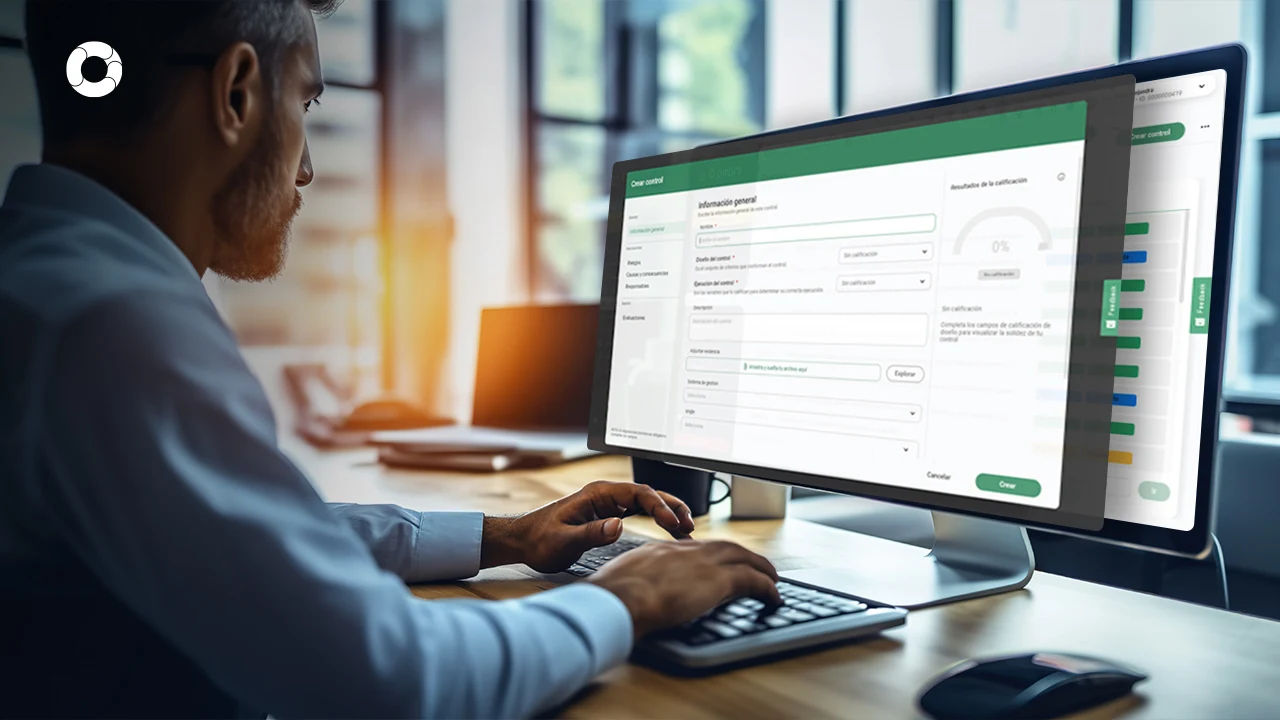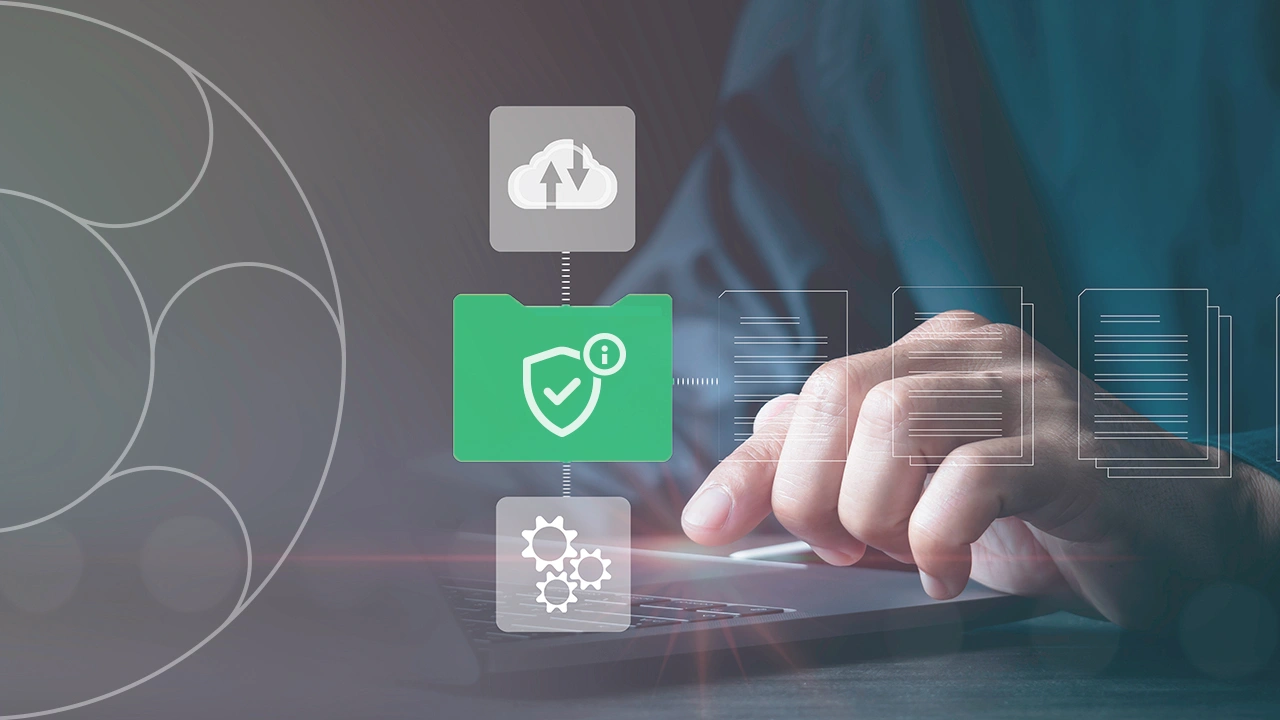Comparing ISO 31000 and COSO ERM

Risk management is critical to organizational governance, ensuring that entities can navigate uncertainties effectively and make informed decisions. Two prominent frameworks in this domain are ISO 31000 and COSO ERM (Enterprise Risk Management). This article delves into the key disparities and convergences between these frameworks, elucidating their significance in bolstering risk management practices.
Understanding ISO 31000
ISO 31000 stands as a globally recognized benchmark for risk management, offering organizations a structured methodology for navigating uncertainties. It advocates for a proactive stance towards risk management, urging integration into the overarching decision-making processes of an organization.
At its core, ISO 31000 aims to establish a risk management framework characterized by flexibility, adaptability, and alignment with organizational requirements. By embracing ISO 31000, entities can systematically identify, assess, and manage risks, enhancing their ability to make informed decisions and optimize overall performance.
This standard underscores the significance of a holistic approach to risk management, emphasizing the need to consider internal and external factors that may impact an organization's objectives. By adopting ISO 31000, organizations can foster a culture of risk awareness and resilience, enabling them to anticipate and address potential risks before they escalate into significant challenges.
Furthermore, ISO 31000 promotes continuous improvement in risk management practices, encouraging organizations to regularly review and refine their risk management processes in response to evolving threats and opportunities.
Understanding ISO 31000 empowers organizations to proactively manage risks, enhance decision-making capabilities, and ultimately drive better outcomes across all facets of their operations.
Exploring COSO ERM Framework
The COSO ERM framework stands as a cornerstone in the realm of enterprise-level risk management, representing a widely embraced model aimed at fostering organizational resilience and success. At its core, COSO ERM is built upon the fundamental belief that proficient risk management is not merely a supplemental aspect of operations but rather an indispensable component crucial for sustained growth and prosperity.
One of the key pillars of the COSO ERM framework lies in its holistic approach to risk management. Rather than viewing risk management as a standalone function, COSO ERM advocates for its integration into the fabric of organizational processes and decision-making mechanisms. By weaving risk considerations seamlessly into strategic planning and operational activities, organizations can cultivate a culture of risk awareness and responsiveness, thereby fortifying their ability to navigate uncertainties and seize opportunities.
Through the lens of COSO ERM, organizations embark on a journey of exploration and discovery, delving deep into the intricate landscape of risks that may potentially impact their objectives. By systematically identifying and assessing risks across various dimensions, from financial and operational to reputational and regulatory, organizations gain valuable insights into the diverse challenges they may encounter on their path to success.
Moreover, COSO ERM empowers organizations to transcend mere risk identification and embark on a proactive journey toward risk mitigation and response. By formulating robust risk management objectives tailored to their specific contexts, organizations can chart a clear course of action aimed at minimizing the likelihood and impact of adverse events. This proactive stance towards risk management not only enhances organizational resilience but also fosters a sense of confidence and assurance among stakeholders, bolstering trust and credibility in the process.
Central to the effectiveness of the COSO ERM framework is its emphasis on continuous improvement and adaptation. In a dynamic and ever-evolving business landscape, risks are not static entities but rather dynamic forces that necessitate ongoing vigilance and refinement of risk management strategies. By instituting a cycle of monitoring, reassessment, and enhancement, organizations can ensure that their risk management practices remain agile and responsive to emerging threats and opportunities.
In essence, exploring the COSO ERM framework is not merely an academic exercise but rather a transformative journey toward organizational excellence. By embracing its principles and methodologies, organizations can elevate their risk management capabilities, foster a culture of resilience and agility, and ultimately position themselves for sustained success in an increasingly uncertain world.
Key Differences Between ISO 31000 and COSO ERM
Although both ISO 31000 and COSO ERM share a common focus on risk management, significant differences set them apart. One crucial disparity lies in their origins and scopes: ISO 31000 is an internationally recognized standard, while COSO ERM originates from the Committee of Sponsoring Organizations of the Treadway Commission. Additionally, ISO 31000 boasts a more adaptable framework capable of catering to diverse organizational contexts, whereas COSO ERM offers a structured model comprising predefined components and principles specifically designed for managing risks at the enterprise level.
Understanding these distinctions is paramount for organizations seeking to select the most appropriate framework aligned with their unique risk management requirements.
The disparity in origins and scopes between ISO 31000 and COSO ERM is fundamental. ISO 31000, as an international standard, sets forth a globally accepted framework for risk management practices. In contrast, COSO ERM, emerging from the Committee of Sponsoring Organizations of the Treadway Commission, is tailored to address risks at the enterprise level, with a focus on harmonizing internal control practices.
Furthermore, the flexibility of ISO 31000 allows organizations to customize the risk management framework to suit their specific needs and operational contexts. This adaptability enables entities to integrate risk management seamlessly into their existing processes and structures, fostering a culture of risk awareness throughout the organization. On the other hand, COSO ERM provides a structured model with predefined components and principles, offering a comprehensive approach to managing risks across the enterprise.
By comprehending these differences, organizations can make informed decisions regarding adopting ISO 31000 or COSO ERM, depending on their risk management objectives and organizational requirements. For entities operating in diverse and dynamic environments, the flexibility of ISO 31000 may offer a more suitable solution, enabling agile responses to evolving risks and opportunities. Conversely, organizations seeking a structured and comprehensive approach to enterprise-level risk management may find COSO ERM better aligned with their needs.
In conclusion, understanding the disparities between ISO 31000 and COSO ERM empowers organizations to select the most appropriate framework that aligns with their risk management goals and operational contexts. Whether prioritizing flexibility or structure, organizations can leverage these frameworks to enhance their risk management capabilities and navigate uncertainties with confidence and resilience.
Advantages of Adopting ISO 31000
Best Practices for Integrating COSO ERM Framework
Conclusion
ISO 31000 and COSO ERM stand at the forefront of risk management, each presenting unique yet complementary methodologies for navigating uncertainties. ISO 31000 emphasizes adaptability and flexibility, allowing organizations to tailor risk management practices to their needs. In contrast, COSO ERM offers a structured framework tailored for enterprise-level risk management, providing a comprehensive approach to identifying, assessing, and responding to risks.
Organizations can strengthen their risk management capabilities by understanding the distinctions between these frameworks and implementing best practices. They can proactively identify and address potential threats, enhancing their resilience and readiness to face challenges in an ever-evolving business environment.
ISO 31000 and COSO ERM are invaluable tools for organizations striving for effective risk management. By integrating the principles and methodologies of these frameworks into their operations, organizations can foster a culture of risk awareness and responsiveness. This, in turn, enables them to make informed decisions, allocate resources efficiently, and seize opportunities while mitigating potential risks.
Ultimately, by leveraging the strengths of ISO 31000 and COSO ERM, organizations can enhance their ability to navigate uncertainties and achieve sustainable success in today's dynamic business landscape.
Was this content about ISO 31000 vs. COSO ERM and its importance in risk management useful to you?
Leave us your comments.
Create your free account on Pirani's Free Plan and learn more, or you can also schedule a meeting with one of our experts to address your questions.
You May Also Like
These Related Stories

What is a compliance plan? Risks of not complying with it

Why are controls important in risk management?

Risk Management & Business Continuity: How to Prepare for A Business Crisis

Types of internal control in company

Know the components of the internal control of a company



No Comments Yet
Let us know what you think